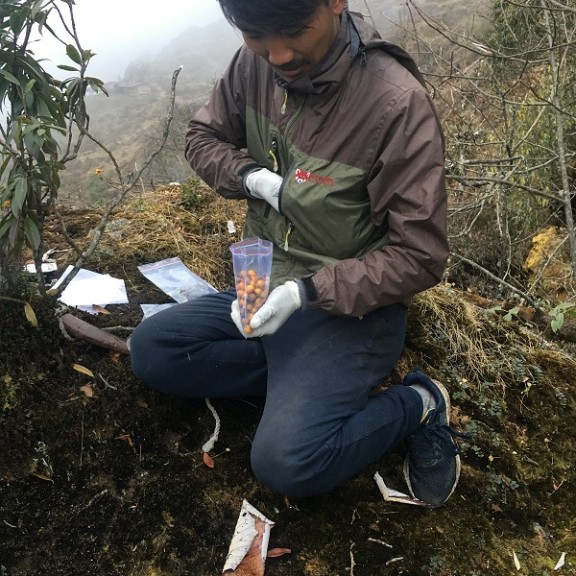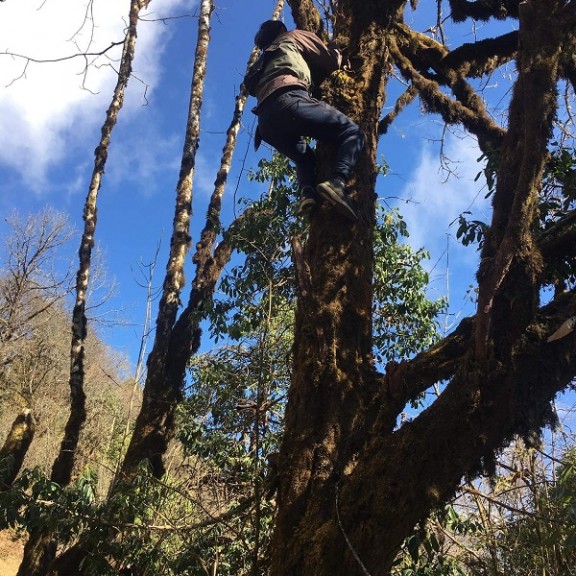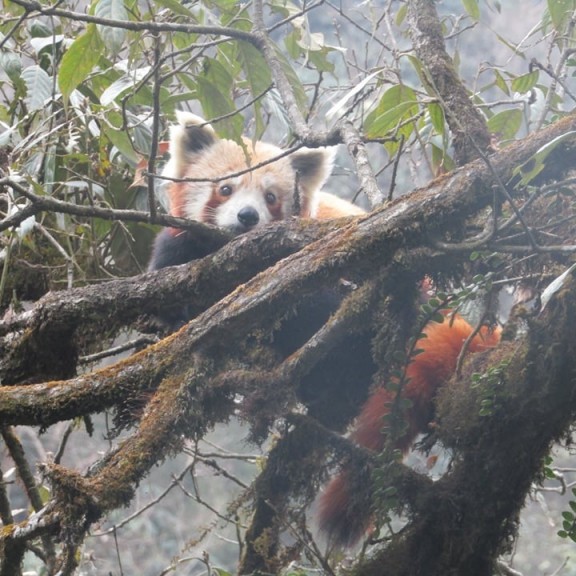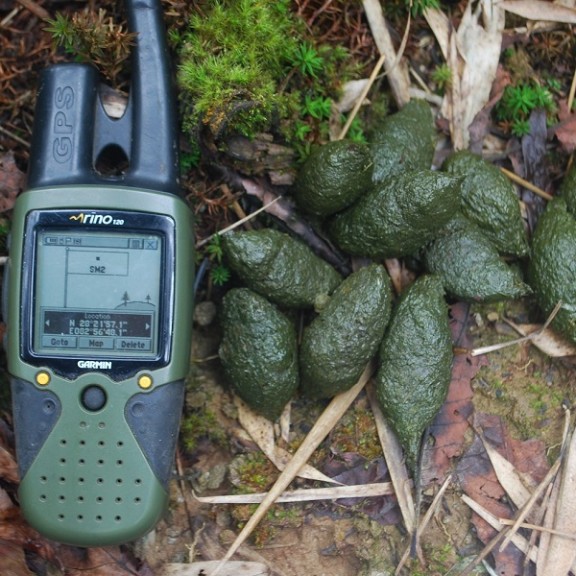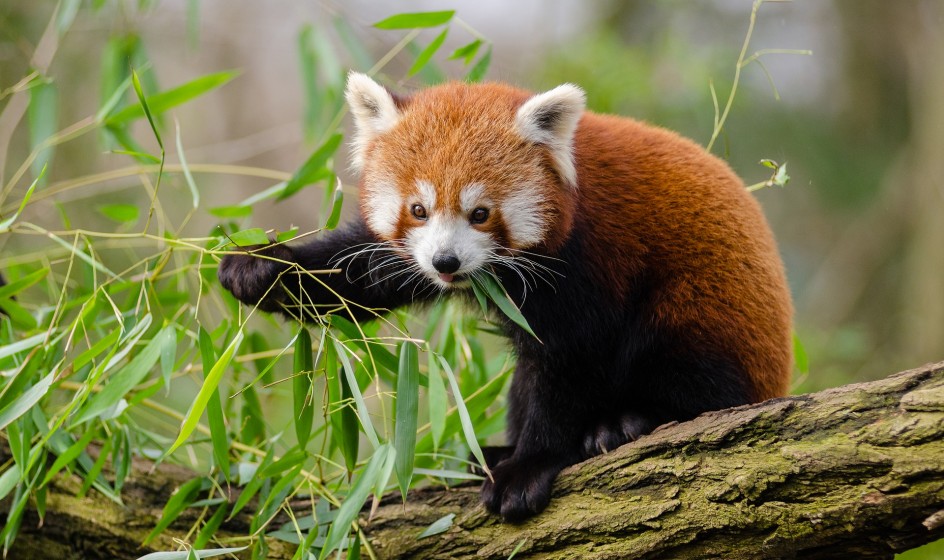

Red Panda

Does the red panda help the regeneration of its forest habitat by dispersing seed?
The red panda, although classified as a carnivore, mainly feeds on bamboo leaves, as well as berries and fruits. Despite the attention many other species receive for the roles as seed dispersers, the ecological role of red panda as a seed disperser is not yet clear. Therefore, this applied research project aims to identify gaps in the knowledge of red panda as a seed dispersal vector who may accelerate the regeneration of broadleaved forest. The project will also clarify the effectiveness of gut passage on seed germination in red pandas.
The project is conducted in community forests of Ilam district, Nepal. The team collects fresh pellet samples and extracts undamaged seeds from them. Seeds that have not passed the gut of red pandas will also be collected. Both sets of seeds will be transferred to a nursery and allowed to germinate. The germination success will be evaluated in both cases. At the end, all seedlings will also be used to re-generate degraded forest areas.
A big thank you to Zoo Halle whose kind donation has made this project possible!
Species: Red panda (Ailurus fulgens)
Implementing partner: Red Panda Network
Region: Nepal
Funding period: September 2021 - September 2022
Project goal
- To identify the role of red panda in dispersal of seeds in temperate broadleaved mountain forests and relate it to their ecological importance adding value towards its conservation importance
Planned activities
- To train ten red panda guardians in seed sampling
- To collect at least 200 red panda pellets and extract undamaged seeds from them
- To collect parent seeds that have not passed the gut of the red panda
- To sow all seeds in a nursery and assess the germination and grow success
- To transplant 7000 saplings (including other germination methods) to the field during tree planting season

